Enter a surname, town name or other keyword to search the database. Remember to
allow for the different spellings of 'Mc' and 'Mac.' Good luck!
{Search tips: Use single word search terms for more results}
You must enter some valid character(s) into the search field
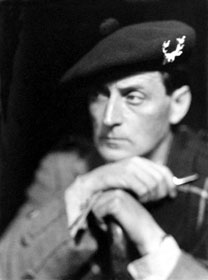
Reference: H-0238b
Sir Compton Mackenzie, (1883-1...
|
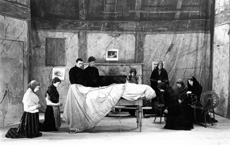
Reference: IRAA
'Riders to the Sea' by...
|
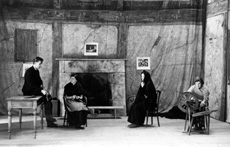
Reference: IRAA
'Riders to the Sea' by...
|
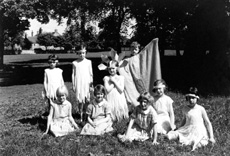
Reference: IRAA
Primary Plays 'The Sunbeam...
|

Reference: IRAA
Primary Plays 'Cock Robin&...
|
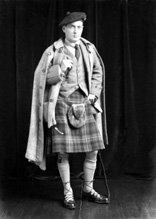
Reference: H-0238
Sir Compton Mackenzie, (1883-1...
|
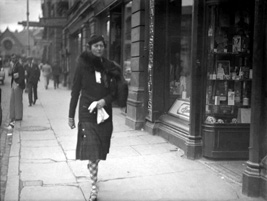
Reference: H-0229
The Duchess of Sutherland (186...
|
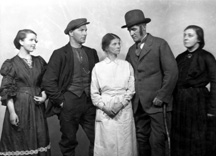
Reference: 29610b
Theatrical actors dressed in c...
|
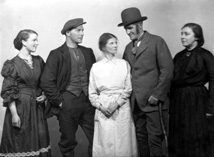
Reference: 29610a
Theatrical actors dressed in c...
|

Reference: 29607b
Theatrical actor dressed in co...
|
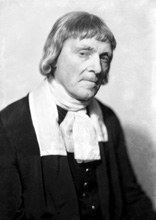
Reference: 29607a
Theatrical actor dressed in co...
|

Reference: 29606
Theatrical actor dressed in co...
|